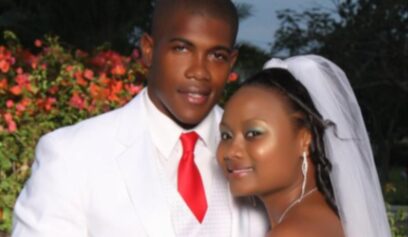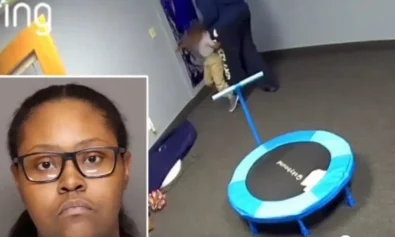On just their second day of deliberations, the College of Cardinals chose an Argentinian, Jorge Mario Bergoglio, as the next pope – the first from Latin America, signaling a shift in the Roman Catholic Church’s focus to the growing sector of nonwhite worshippers around the world.
The new pope chose the name Francis, in honor of St. Francis of Assisi, the first time that name has been selected by a pope.
Bergoglio is 76, making him a surprise choice for many Vatican watchers, who assumed that after Pope Benedict XVI decided to step down at age 85, after just eight years as the spiritual leader of 1.2 billion Catholics worldwide, the College of Cardinals would choose a younger man.
But retired New York Archbishop Cardinal Edward Egan, who is a friend of Bergoglio’s and has worked with him closely on church matters, reassured any Catholics concerned about Bergoglio’s age, calling him “spry” on NBC.
When the new Pope Francis I appeared on the balcony at St. Peter’s Square in Vatican City, he was welcomed by the roar of the crowd. He quickly showed his humility and sense of humor.
“As you know, the duty of the conclave was to appoint a bishop of Rome, and it seems to me that my brother cardinals went to fetch him at the end of the world,” he said in Italian.
While it may seem radical at first that the cardinals went outside of Europe for the new pope, going strictly by numbers it is a choice that is very logical.
South America, with 300 million Catholics, has far more than any other region in the world. By comparison, there are just 173 million Catholics in North America and 285 million in all of Europe.
That means nearly one of every three Catholics around the world lives in South America. And on a very Catholic-dominated continent, Argentina is the most Catholic of them all, with an estimated 92 percent of its citizens — 36 million people — identifying themselves as Catholic.
Though Bergoglio, the archbishop of Buenos Aires, is Argentinian, his parents were immigrants from Italy — so the church still retains its connection.
“It’s a genius move,” Marco Politi, a papal biographer and veteran Vatican watcher, said to The Washington Post. “It’s a non-Italian, non-European, not a man of the Roman government. It’s an opening to the Third World, a moderate. By taking the name Francis, it means a completely new beginning.”
Many observers were staggered by Bergoglio’s decision to choose the name of St. Francis, one of the most venerated figures in the Catholic church.
CNN Vatican expert John Allen called it “precedent shattering.”
The name symbolizes “poverty, humility, simplicity and rebuilding the Catholic church,” Allen said.
“The new pope is sending a signal that this will not be business as usual,” he said.
In the interview on NBC, Egan described the humble Bergoglio as a “calm, solid, secure holy man.”
“This is a wonderful choice,” he said. “You could not have made a better choice, as far as this retired 80-year-old cardinal archbishop goes.”
“I was surprised,” said Jim Nicholson, former U.S. ambassador to Holy See. “They picked this guy who is 76 years old, so they obviously see in him qualities and strength and energy that will be needed to lead this church. He emanates a humbleness and confidence and certainly, respect.”
Kathleen Sprows Cummings, a religious scholar from the University of Notre Dame, noted that Bergoglio is a Jesuit, an order viewed as the intellectual rabble-rousers of the Catholic church.
“This is very imporant decision for American Catholics,” she said to NBC. “The choice of a non-European pope is really symbolic. From a country like Argentina which is, like the U.S., a nation of immigrants. He is the son of immigrants. He is a bridge between old and new worlds. That he chose Francis is a sign of his humility and a sign that he’s open to reform in the church.”
In a church rocked by sexual molestation and financial scandals, many observers will be watching closely to see how much Pope Francis is willing to shake things up.


